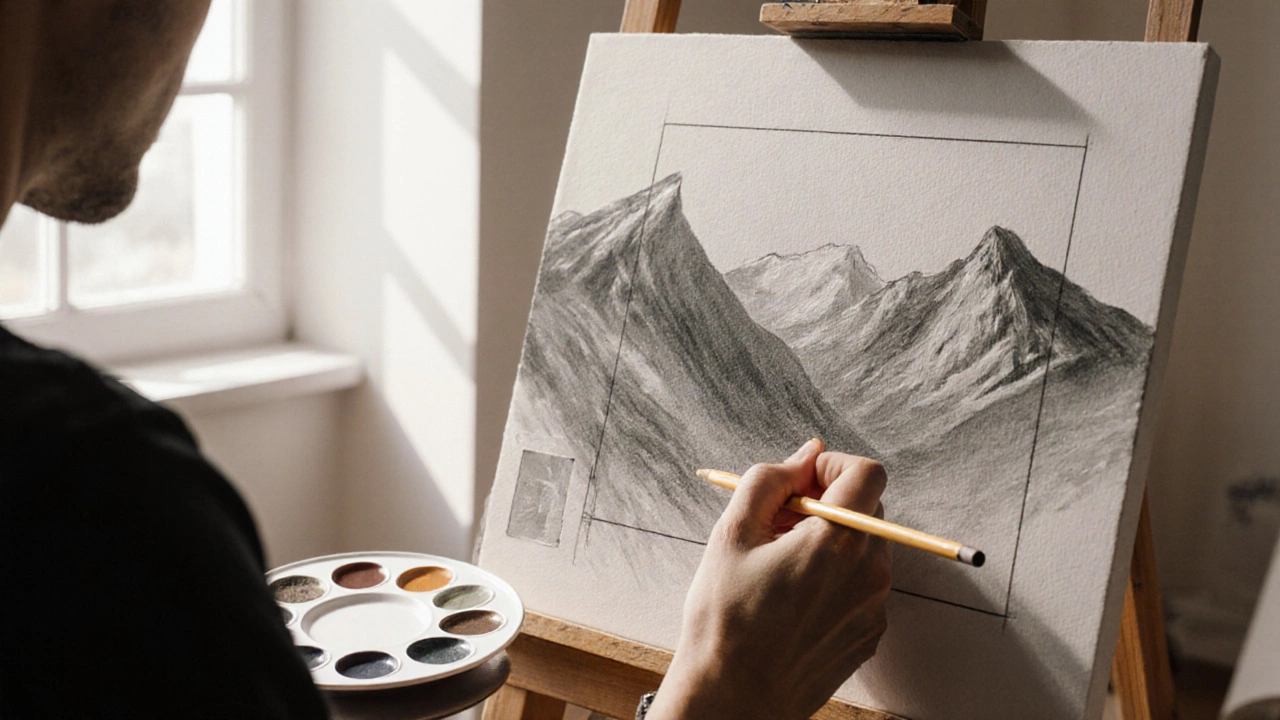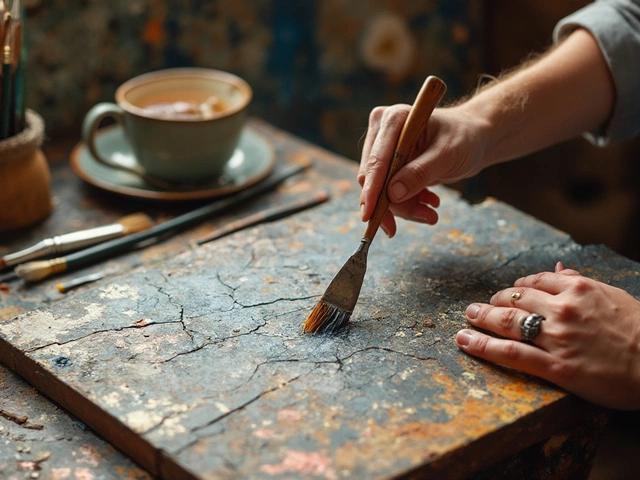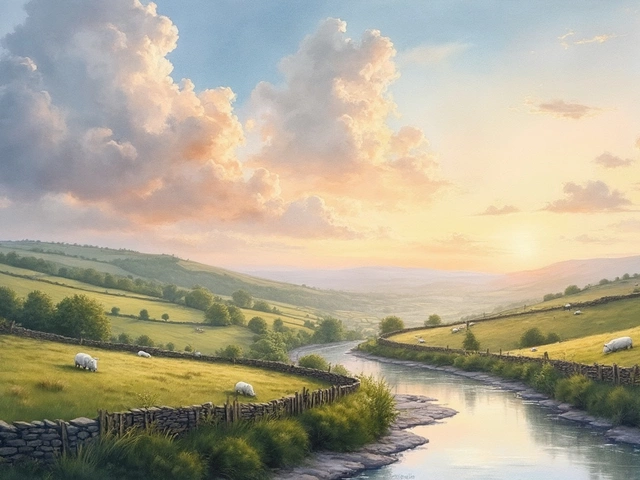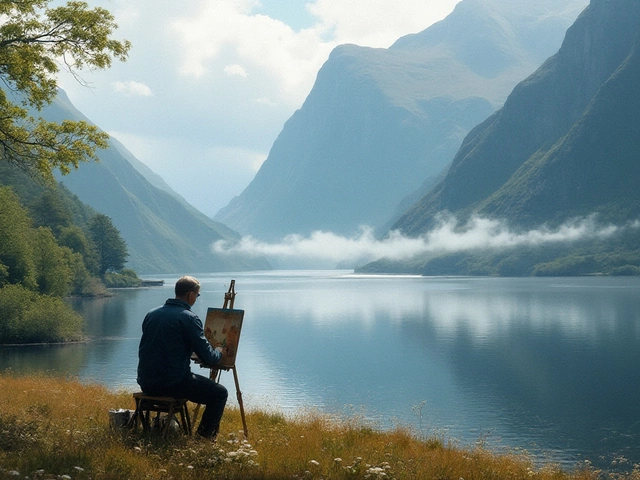Landscape Composition: Mastering the Art of Arranging Scenic Views
When planning composition for landscapes, the way you place elements inside a scene to guide the eye and create mood, artists and photographers essentially choreograph visual storytelling. Also known as landscape composition, it blends design principles with natural observation. A solid start often comes from the rule of thirds, which divides the canvas into a 3×3 grid, helping you place horizons, trees, or focal points on intersecting lines for balance. Pair that with leading lines—paths, rivers, fences—that draw the viewer’s gaze toward the main subject. Color harmony then ties everything together, using complementary or analogous hues to reinforce atmosphere. Finally, adding foreground interest such as rocks or foliage grounds the image and creates depth. Together these tools form a visual language that turns a simple snapshot into a compelling story.
Key Elements That Shape Strong Landscape Composition
Beyond the basics, effective composition hinges on depth cues and visual weight. Using atmospheric perspective—softening colors and reducing contrast in distant elements—gives a sense of space, while crisp, saturated foregrounds pull the eye forward. The horizon line itself becomes a decision point: placing it low emphasizes sky drama; pushing it high highlights land features. Balance doesn’t mean symmetry; rather, you distribute “visual weight” by offsetting a bright tree with a darker rock or a bright sky patch with a shaded valley. Leading lines can also be implied through light and shadow, turning a sunlit ridge into an invisible arrow. Consider the "golden hour" light as a natural enhancer of color harmony, warming cool tones and deepening shadows for drama. Each element—line, shape, color, light—acts as a predicate in the composition, influencing where the viewer rests and what story they infer.
Putting theory into practice is easier when you sketch quick thumbnails or set up a simple grid on your phone screen before you shoot or paint. Identify the dominant feature, test a few rule‑of‑thirds placements, and experiment with shifting foreground objects until the scene feels balanced. Remember, composition isn’t a rigid formula; it’s a toolbox. Swap a leading line for a bold splash of color, or replace foreground interest with a reflective surface for a different mood. Below you’ll find articles that break down each of these ideas, from mastering rule‑of‑thirds in portrait‑style landscapes to using color harmony for atmospheric depth. Dive in and see how each technique can sharpen your own landscape compositions.

Discover practical tips to boost the visual impact of your landscape paintings, from composition rules and color palettes to texture, light, and storytelling.




